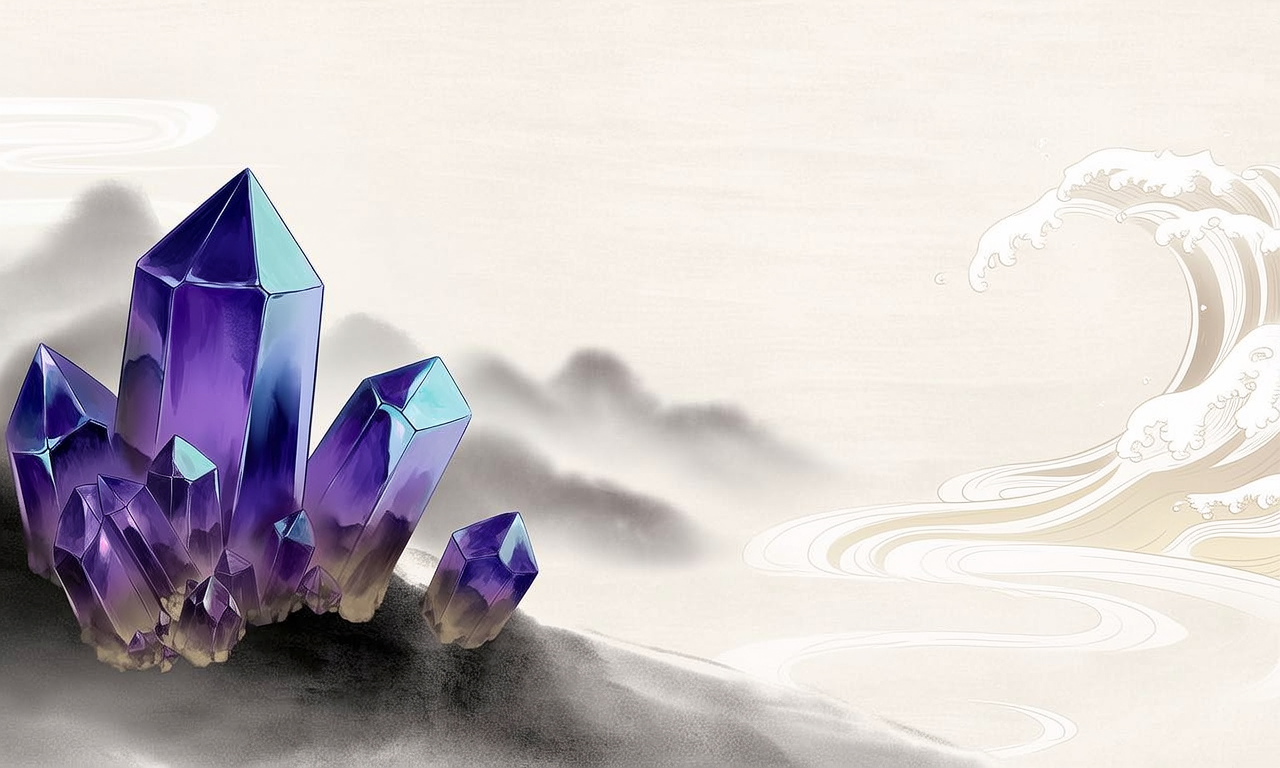No products in the cart.: $0.00
How Does Heat Affect Amethyst Color?
Thread Source: Amethyst Knowledge Popularization
You know, it’s fascinating how something as simple as heat can completely transform amethyst’s signature purple beauty. I’ve seen pieces that went from vibrant violet to dull brownish-yellow after accidental exposure to high temperatures – a heartbreaking sight for any gem lover! This color shift happens because those gorgeous purple tones come from iron impurities within the quartz crystal structure. When heated above 240°C (about 465°F), the heat essentially scrambles the electrons responsible for that royal purple color. It’s like flipping a switch in the stone’s atomic makeup. What’s wild is that this isn’t just theoretical; jewelers have told me about customers bringing in amethyst rings that changed color after being left near ovens or radiators. The transformation can be surprisingly rapid too – sometimes occurring in under an hour at critical temperatures.

The Science Behind the Color Transformation
Digging deeper into the chemistry, amethyst contains Fe³⁺ (ferric iron) ions that create those purple hues through what’s called “color centers.” Heating rearranges these ions into Fe²⁺ (ferrous iron) configurations that absorb light differently. At 240-270°C, you typically get fading or patchy discoloration. Crank it up to 400-500°C? That’s when the magic happens – your amethyst permanently becomes citrine, taking on warm honey tones. Brazilian miners actually use controlled heating at around 470°C to produce commercial citrine this way. The process is irreversible too – once those electrons shift position, they won’t snap back to recreate the original purple. Kinda makes you appreciate how delicate that violet balance really is!
Practical Implications for Jewelry Care
So what does this mean for your amethyst jewelry? First, avoid steam cleaners or ultrasonic baths – even boiling water can approach dangerous temperatures. I cringe when I see people leaving amethyst rings on windowsills where sunlight can heat them like tiny ovens! If you’re getting jewelry repaired, always remind the jeweler about heat sensitivity. There’s this heartbreaking case from Tucson’s gem show where a $15,000 Uruguayan amethyst specimen got ruined when someone placed it near a lamp. For long-term storage, keep pieces in padded boxes away from heat sources. And here’s a pro tip: if buying vintage amethyst, examine it under magnification – heat damage often shows as cloudy patches or uneven color zoning. Better safe than sorry with these temperamental beauties!



 Please wait…
Please wait…